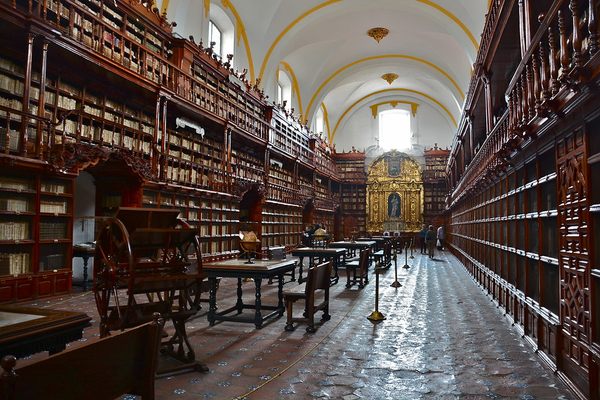About
There are more magnificent libraries, and more extravagant buildings, but only one research institute in the world calls together its afternoon tea time by ringing the bell from a dead explorer's sunken ship.
Founded at Cambridge in 1920, the Polar Research Institute was created in memory of polar explorer Robert Falcon Scott, who died in Antarctica in 1912 during his ill-fated attempt on the South Pole. Scott and his men reached the pole, only to discover that it had been reached first by Norwegian explorer Roald Amundsen, only days earlier. Scott and his entire polar party died on their return trip to base.
Back home in England, Scott's story was transformed from icy tragedy into heroic sacrifice, his story used to inspire the young men heading out to face their own uncertain fates in the trenches of WWI.
When the news about the fate of Scott's expedition reached home, and the discovery of his frozen remains revealed that his last words written in his exceptionally eloquent expedition journal were "For God's sake look after our people," the people of England stepped forward and raised an enormous sum of money to care for the families left behind, some of which went on to become the founding funds for the institute.
The bust of Scott above the door and the statue in the front garden, of a nude man turned to the sky, was sculpted by Scott's widow, Kathleen Scott. The model was A.W. Lawrence, younger brother of Lawrence of Arabia and a Professor of Classical Archaeology at Cambridge. The Latin inscription on the front of the building reads, QUAESIVIT ARCANA POLI VIDET DEI, which translates to "He sought the secret of the pole, but found the hidden face of God."
The ceiling on the inside of the entryway is adorned with maps of the poles.
The building on Lensfield Road is also home to the British Antarctic Survey, the International Glaceology Society, the Cambridge Artic Shelf Programme, the International Whaling Commission, the Scientific Committee on Antarctic Research and the World Data Centre for Glaciology, Cambridge.
It is the most comprehensive collection dedicated to the polar regions, explorers and geography in the world. Renovated in 2010, the museum is open to the public, with rotating exhibits on various parts of the polar world and history, pulling from the institution's extraordinary collection of rare and unique items related to its story. The library and archives are available for consultation by researchers and members of the curious public by appointment.
Every afternoon, summoned by the ringing of the bell from Scott's ship Terra Nova, everyone in the library gathers for tea in one room of the library, allowing the open exchange of information between scholars and casual readers, brought together by a passion for the poles.
Related Tags
Community Contributors
Added By
Published
October 2, 2013

























































